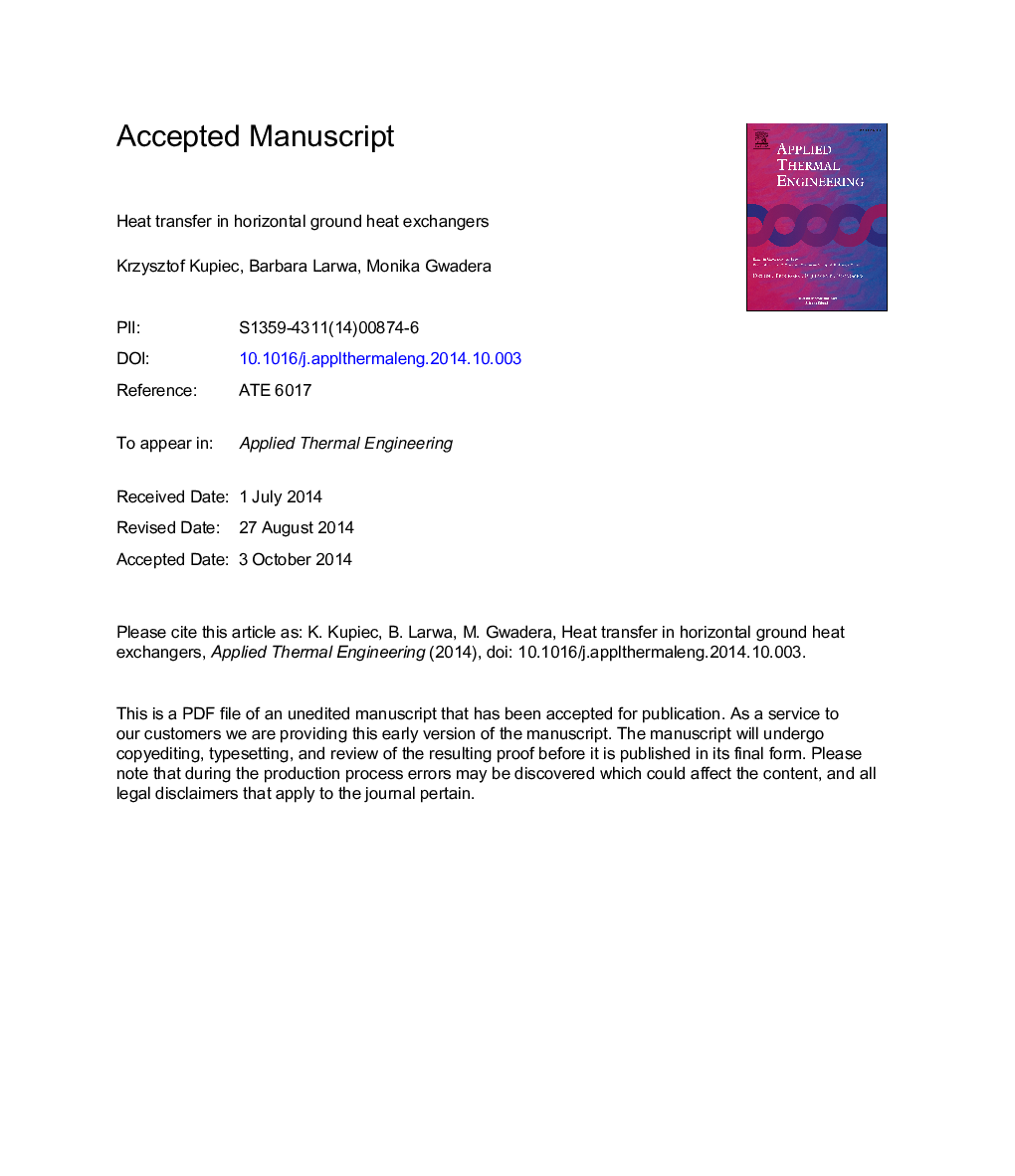| Article ID | Journal | Published Year | Pages | File Type |
|---|---|---|---|---|
| 645826 | Applied Thermal Engineering | 2015 | 25 Pages |
Abstract
The ever-increasing demand for cooling requires new and sustainable ways of producing it. Absorption cooling is one such well-known technique that can be employed, the driving force in which is heat. When a flash pyrolysis process, with sequential vapour condensation, is integrated into a biomass-based combined heat and power plant (CHP plant), excess heat may arise in the condensers. This study demonstrates the utilization of this excess heat in an absorption cooling machine for producing district cooling. The maximum boiler load in the used CHP plant was 80Â MW: the excess condenser heat created during the period June-August was 6.4Â MW, which resulted in the production of 5Â MW district cooling. The production of electrical power increased by 8.6% on a yearly basis, with a base load production during June-August of 2.8Â MW. Using an absorption cooling machine increases the energy conversion efficiency of the CHP plant with an integrated pyrolysis process by 1.3% on a yearly basis; the energy efficiency of the pyrolysis process alone increases by 6%. An increased utilization of the condenser heat for district cooling is possible at an almost constant overall energy conversion efficiency and is demonstrated with two additional cases.
Related Topics
Physical Sciences and Engineering
Chemical Engineering
Fluid Flow and Transfer Processes
Authors
Victor Karlsson, Lars Nilsson,
